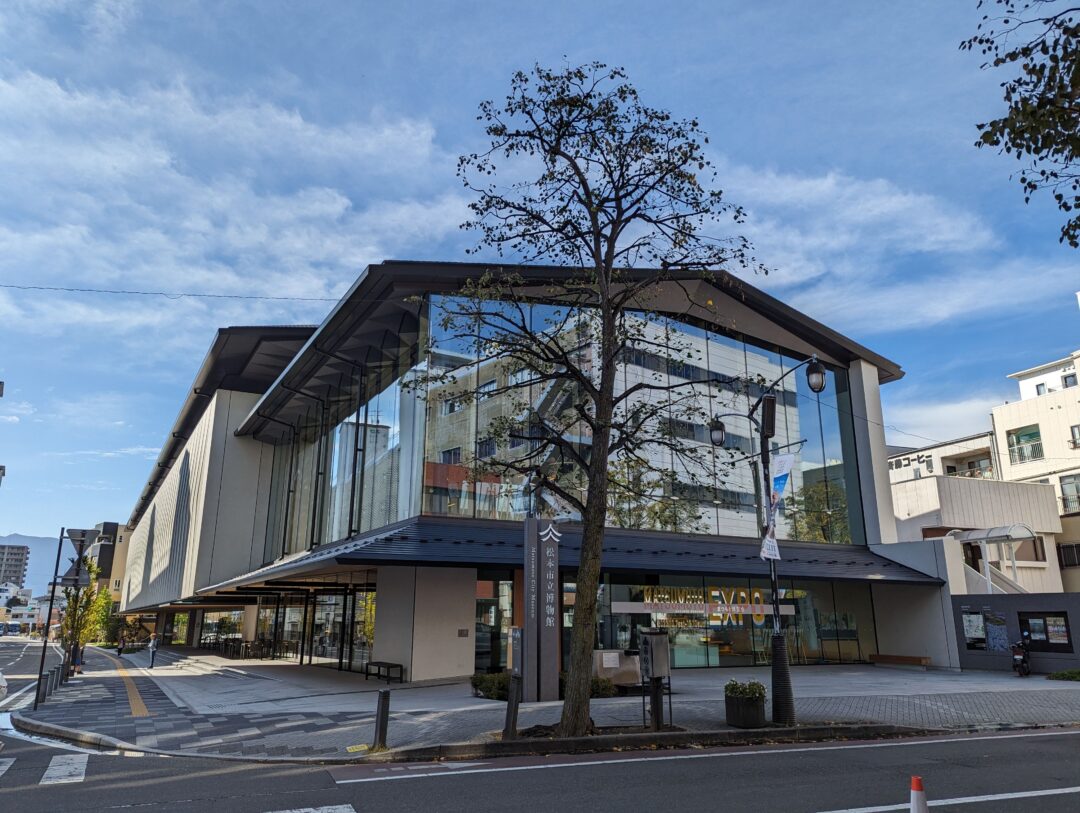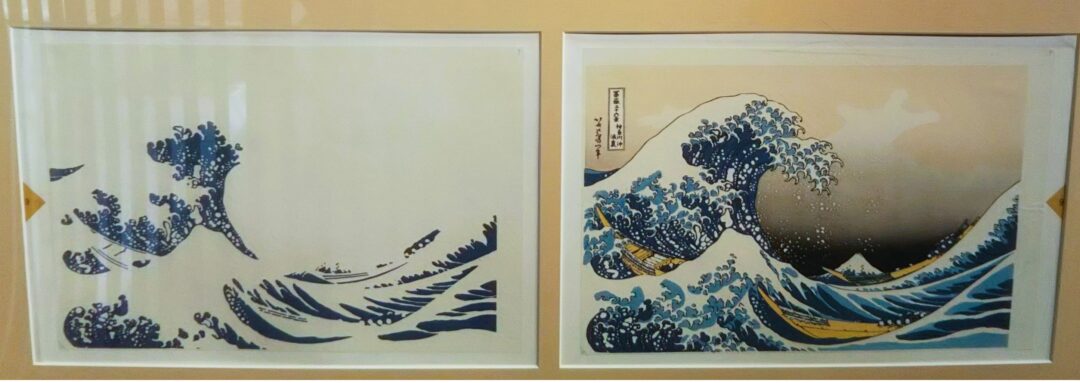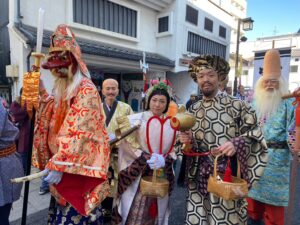Drift Into the Seductive World of “Ukiyo-e” While in Matsumoto
Among Japan’s many celebrated artforms, “ukiyo-e” stands out as one of the most recognizable yet not necessarily well understood by international visitors. Matsumoto and more broadly the Nagano region are ideal locales in which to explore the rich and seductive world of ukiyo-e. Located in Matsumoto City, the Japan Ukiyo-e Museum houses one of the largest and most important collections of ukiyo-e in the country, with many of its artworks currently on display at a special exhibition hosted by Matsumoto City Museum. These exhibitions – along with the popular Hokusai Museum in Obuse – include many works by Japan’s most celebrated artist, Hokusai Katsushika. A prolific artist who spent his final years painting in Obuse, Hokusai is best-known for images including “The Great Wave Off Kanagawa” and his “Thirty-Six Views of Mount Fuji” series.
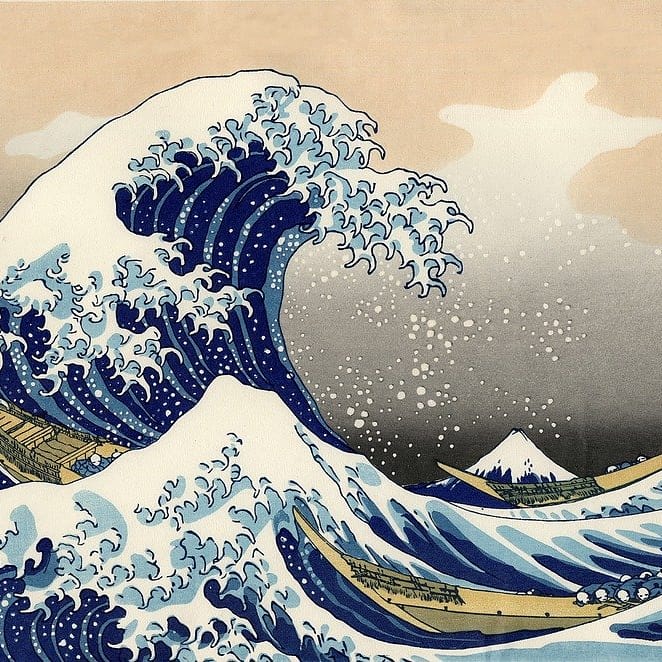
“The Great Wave Off Kanagawa” by Hokusai Katsushika
What is “ukiyo-e”?
Translating as “pictures of the floating world”, ukiyo-e flourished during the Edo Period (1603-1868). Japan’s long period of self-isolation from the world was a time of peace and hedonism. The fleeting nature of that time is reflected in a wide array of themes ranging from portraits of geisha, sumo and kabuki actors, to images of everyday life, animals and natural landscapes, the supernatural and stories from Chinese literature. The use of woodblock prints meant that images could be reproduced and widely distributed among all classes, with each class just as curious about the others as they were about themselves.
Japan Ukiyo-e Museum, Matsumoto
The Japan Ukiyo-e Museum in Matsumoto City houses many artworks once held by the local Sakai family as part of their private collection. Successive members of the Sakai family preserved and added to the collection from the Edo Period onward, while providing artworks for exhibition in Matsumoto, Tokyo and overseas. This highly treasured and significant collection makes up the majority of that on display at the Japan Ukiyo-e Museum in Matsumoto. Opened to the public in 1982, it can be truly said that the museum houses one of Japan’s most important ukiyo-e collections.
Matsumoto City Museum’s Special Exhibition of the Sakai Collection – World of Ukiyo-e
In cooperation with the Japan Ukiyo-e Museum, the newly opened Matsumoto City Museum is holding a special exhibition of many works on loan from the Sakai Collection – said to be one of Japan’s three major ukiyo-e collections. The Japan Ukiyo-e Museum also operates a shop in front of the Media Garden building offering a complimentary postcard for anyone who shows their entry ticket to the museum. Events including gallery talks and workshops are also taking place. Needless to say, it’s a great reason to visit Matsumoto!
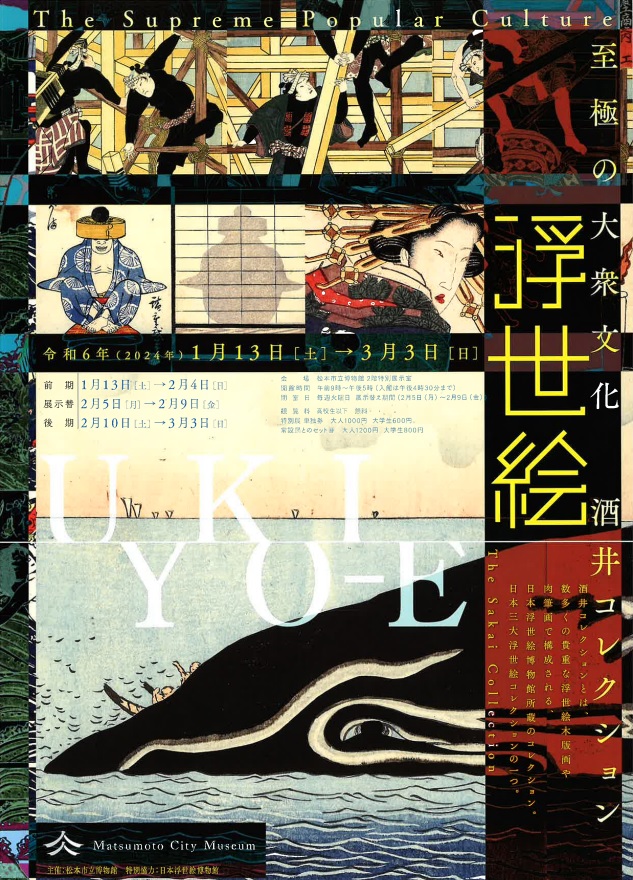
The Matsumoto City Museum exhibition of the Sakai Collection will run from January 13th to March 3rd 2024. Open daily other than Tuesdays while also closed from February 5th to 9th. Admission costs JPY1000 for adults while visitors aged 16 years and under are free of charge.
Did you know that we offer personalized and private walking tours that can include visits to these museums with an accompanying guide? We’d love to be part of your travel experience while in Matsumoto!
Obuse Hokusai Museum
In the final years of his life, Hokusai Katsushika – Japan’s most celebrated artist – walked himself from Tokyo to the provincial town of Obuse in Nagano. Having made the risky journey alone and on foot, Hokusai arrived at the home of Takai Kozan, a wealthy merchant he had befriended in Tokyo – then called “Edo”. Hokusai took up residence in Obuse teaching Takai Kozan and others, while producing the last of his many masterpieces including a great phoenix of the ceiling of a local temple named Gansho-in. It is considered is last great work and certainly the largest, in-situ artwork by Hokusai remaining today. You can visit Gansho-in Temple, the Takai Kozan Museum and Obuse Hokusai Museum when visiting Obuse today – readily accessible from Matsumoto by using train services to Nagano Station and then switching lines onto Obuse Station.
Author Profile

Latest entries
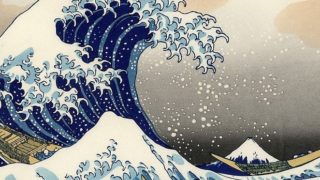 Art2024-01-25Drift Into the Seductive World of “Ukiyo-e” While in Matsumoto
Art2024-01-25Drift Into the Seductive World of “Ukiyo-e” While in Matsumoto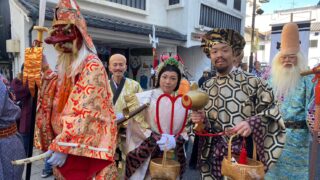 Events2024-01-10The Ameichi Festival: Matsumoto’s Edo Period Celebration That Continues Today
Events2024-01-10The Ameichi Festival: Matsumoto’s Edo Period Celebration That Continues Today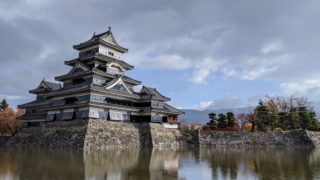 Notification2023-12-14New Year’s Holiday Closure Notification: Matsumoto Castle & More
Notification2023-12-14New Year’s Holiday Closure Notification: Matsumoto Castle & More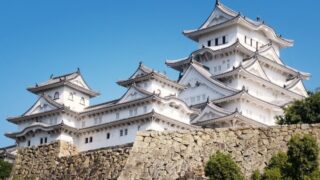 Other2023-11-27United in Friendship: Matsumoto’s Sister Cities Within Japan
Other2023-11-27United in Friendship: Matsumoto’s Sister Cities Within Japan

